(CNN) — When visitors walk into Budapest Cafe in Chengdu, China, they don't just get a cup of coffee. Instead, they're instantly transported to a location straight out of a Wes Anderson film, thanks to pale tones, whimsical furniture and a series of arches and arcades that reflect the filmmaker's signature symmetrical perspectives.
Budapest Cafe is one of several eye-catching businesses featured in the coffee table book “Designing Coffee: New Coffee Places and Branding.”
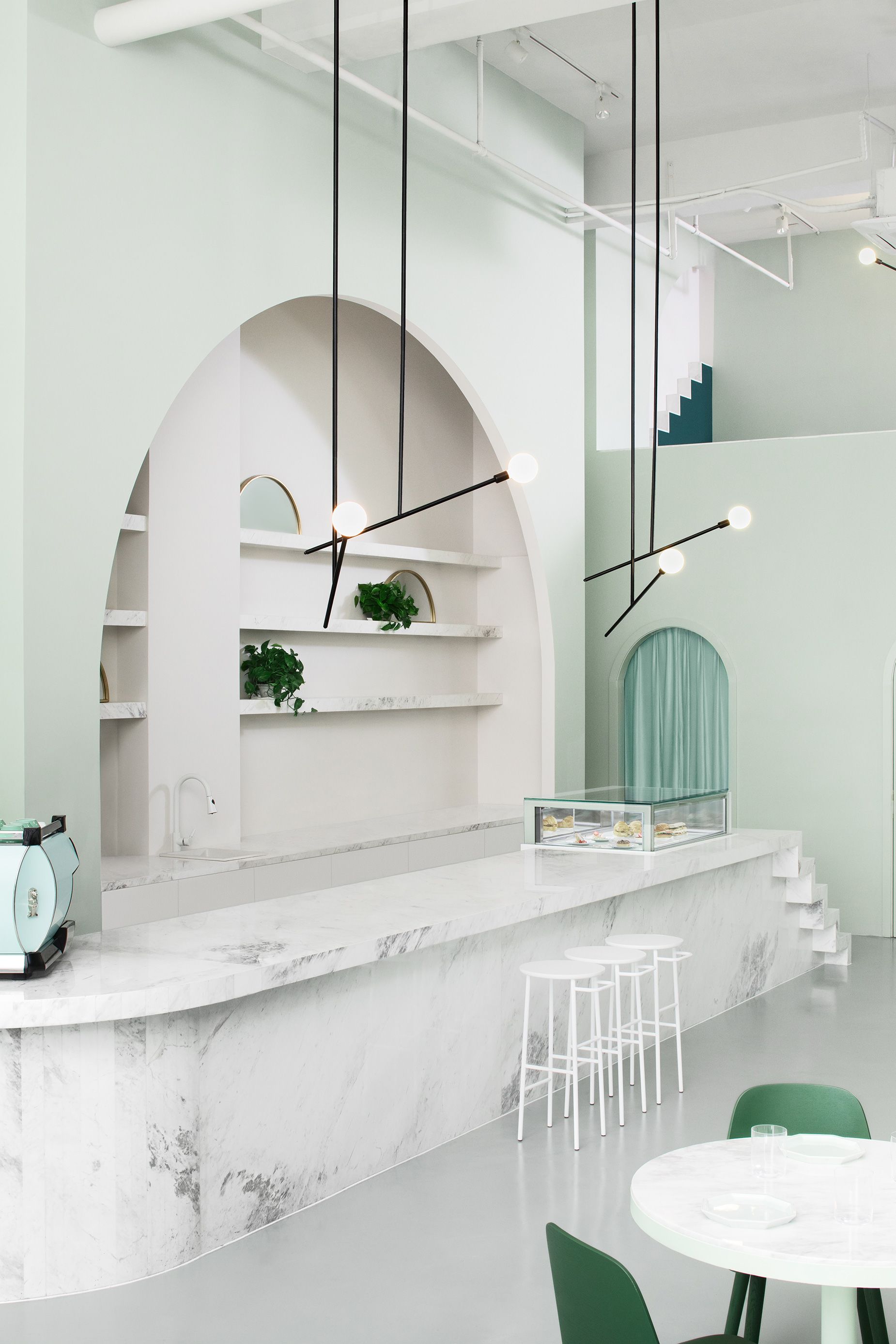
With its muted architectural lines and delectable pastries, Budapest Cafe encourages customers to “physically explore and interact with the space, like a (film) set.” (James Morgan/The Budapest Cafe/Courtesy Kestalton)
The book by author and coffee expert Lanny Kingston, who teaches a course on the “Anthropology of Coffee” at Portland State University, reminds us that beyond a good drink, a well-maintained aesthetic is essential today. A coffee needs to retain its customers and stand out in the increasingly competitive social media landscape. (Apparently viral late art is not enough.)
In a world where competing cafes are often clustered together or lined up next to each other on the same block, many cafes go to great lengths to stand out. Or rather, to make your coffee stand out.
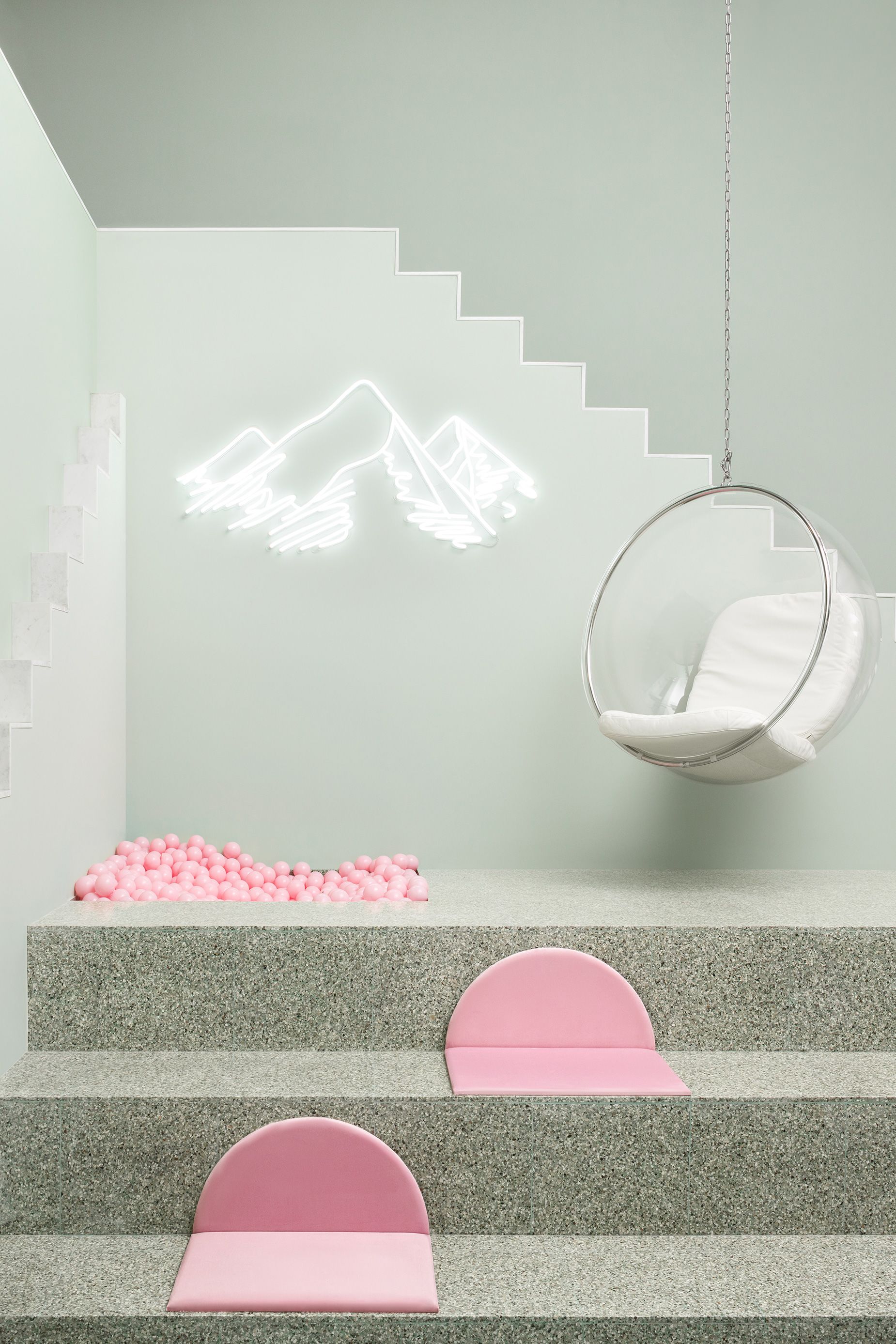
An “eccentric” menu of drinks and baked goods complements the quirky decor. Not forgetting, of course, the pink flamingo ball pool. (Courtesy of James Morgan/The Budapest Cafe/Gestalton)
Minimalism isn't just a fashion choice, but a conscious decision when it comes to branding and aesthetics, Kingston told CNN, because it allows a company to communicate that their coffee is all about them.
Chicago's Metric Coffee, for example, is undergoing a brand review for this purpose in 2020. Coffee retailer and co-founder Xavier Alexander told CNN that proper branding is key in the coffee business, which is “a new brand. It's emerging every day.”
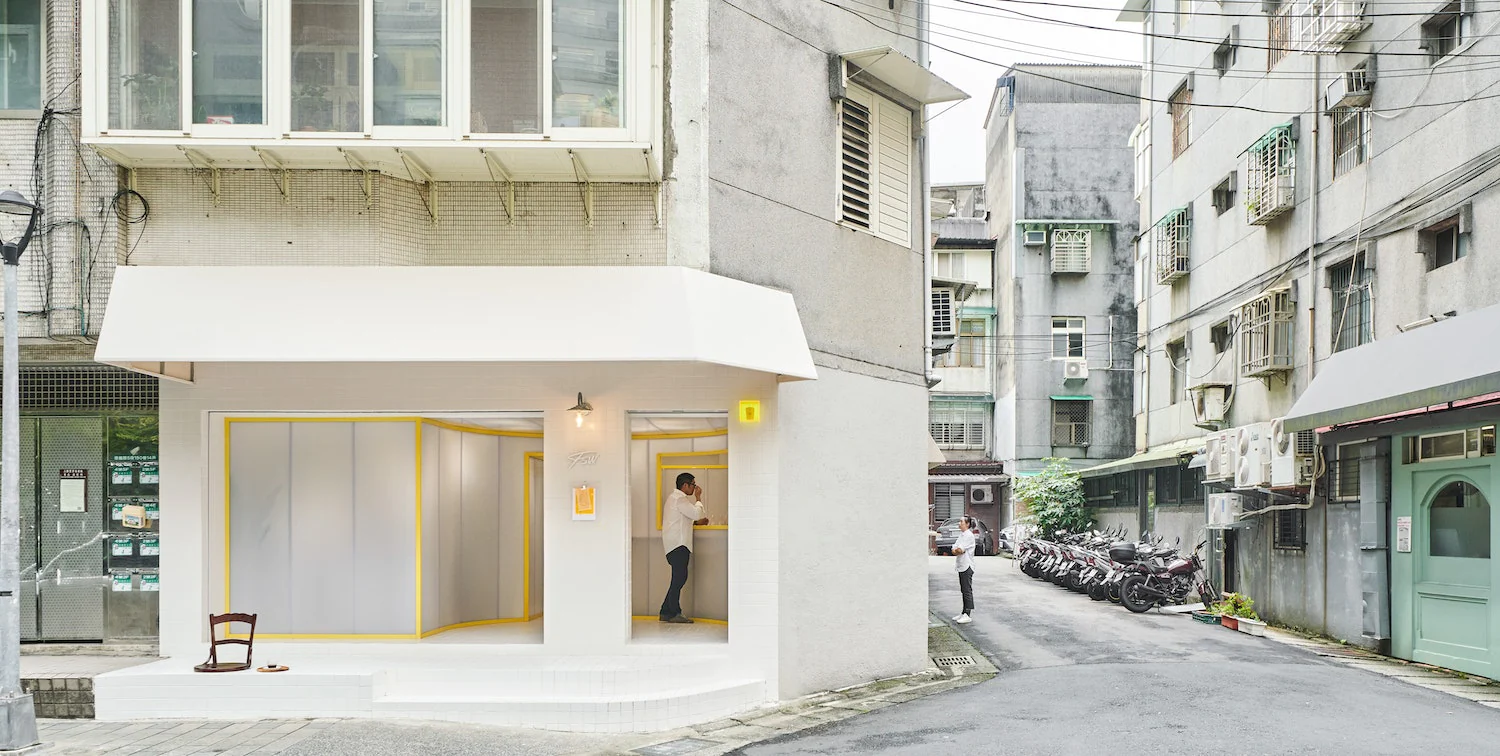
Fifteen Steps Workshop in Taipei, Taiwan. This minimalist coffee shop uses its sidewalk space as a “coffee terrace” for customers and passers-by. (Courtesy Jamie Yellow/Hey! Cheese/Fifteen Steps Workshop/Courtesy Kestalton)
According to Alexander, Metric Coffee refined its aesthetic to reflect its core values: transparency and sustainability. The word “coffee” has been removed from the company's logo, and the blue sans serif logo now features the word “metric”; Coffee mugs and bags are plain white and feature minimal artwork, logo and text as needed. The ideal? Express simplicity and let Metric Coffee products shine on their own.
“It's a very humble approach to offering a product that makes people feel good,” Alexander told CNN, adding that customers have generally welcomed the brand's changes.
However, among coffee shops that cater to a younger demographic, Kingston noticed a pendulum swinging toward the opposite of minimalism, or what he (and other Gen Z trend watchers) called “chaos.” Plants, statues, books and other fixtures adorn the shelves and walls, “to draw people in and hold their attention,” Kingston said, and provide an inviting environment where it's easy to lose track of time and space. The Max themed decor makes great backgrounds for photos and videos on social platforms like Instagram and TikTok.
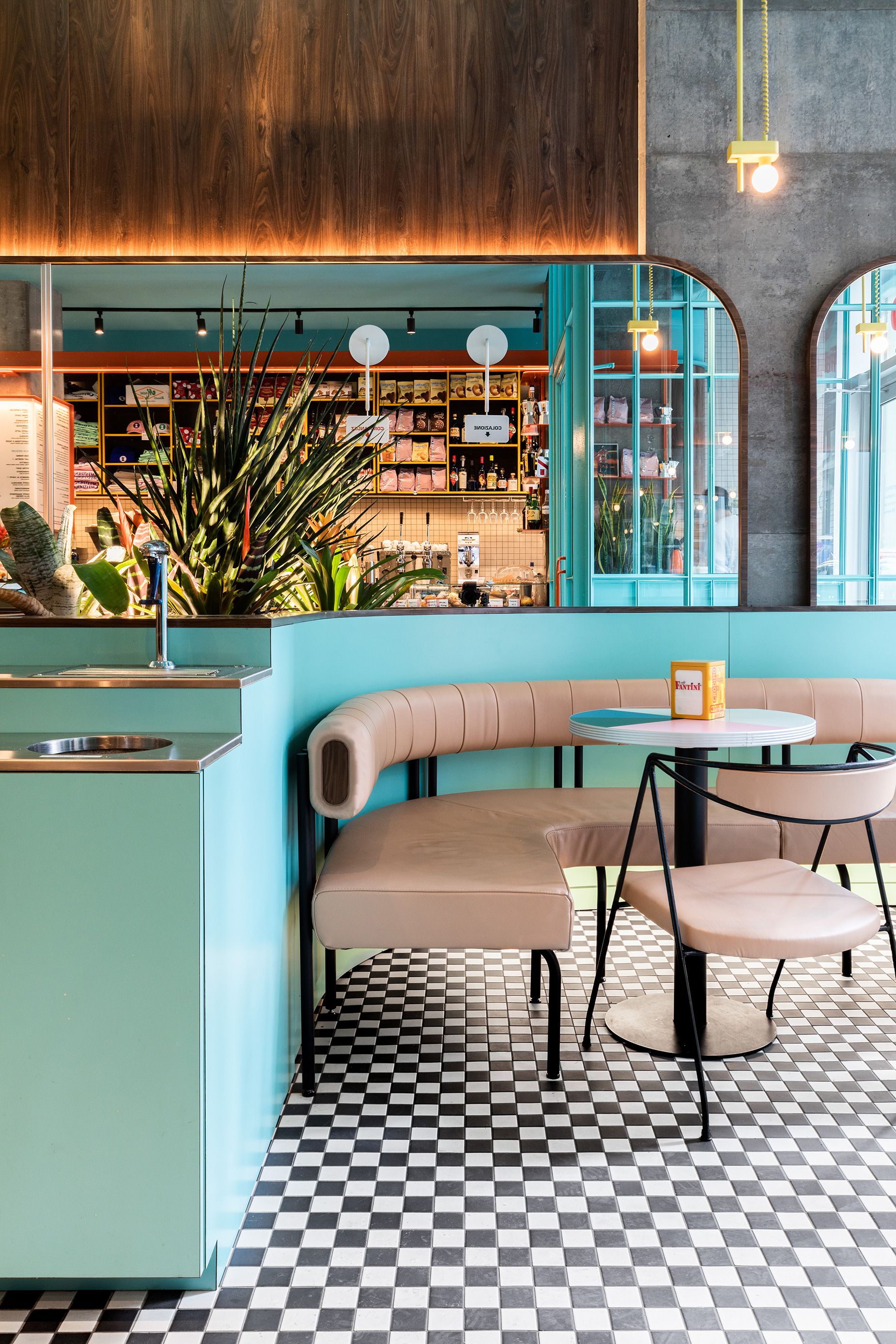
Cafeteria in Montreal, Canada is a bright space with blue and green tones and faux wood paneling. 90s books, stickers, toys and photos are everywhere. (David Dworkind/Caffettiera/Courtesy gestalte)
Coffee shops located in “concrete jungles” often seek to highlight vibrant paintings, furniture and decor, in contrast to the monochromatic buildings that surround them, Kingston told CNN. Brightly colored browns “promise a sense of intrigue.” “They're saying 'Hey, come in and experience something different than what's out there,'” he explained.
They are not like others
Kingston carefully selected nearly 60 coffee brands from six continents to feature in “Designing Coffee”. The most “unique and most creative” spots are concentrated in Asia, though he limited his choices to no more than two cafes per country.
One of his favorites is Fritz Coffee Company in Seoul, South Korea. Although instantly recognizable thanks to its illustrated logo A stamp holding a cup of coffeeWhat makes the coffee chain's brand so successful, Kingston said, is that the beloved symbol is rarely used.
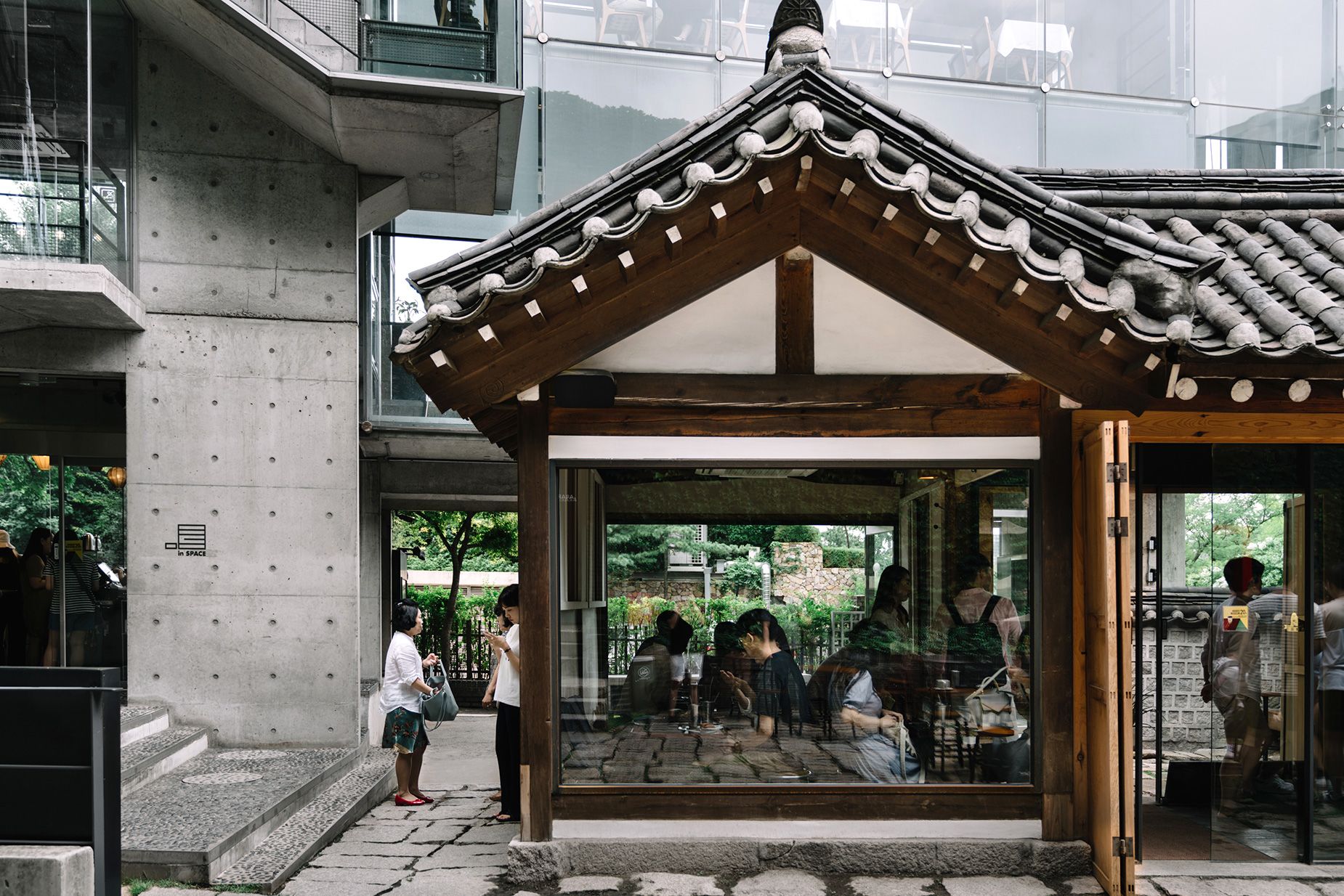
Fritz Coffee Brand Director P.K. Kim told Kingston on “Designing Coffee” that the popular chain will “reminisce the retro and modern elements of Korean culture to one generation and offer new charm to another.” (Angela Vijaya/Fritz Coffee Company/Courtesy of Kestalton)
He wrote that Fritz Coffee Company combines “retro and modern elements of Korean culture” to create its brand identity. One of its five locations (pictured above) is a traditional Korean house or “hanok” built with a traditional tiled roof. However, once inside, the building presents a modern, sleek and dark decor.
Good packaging is equally important. Belfast-based brand Process Coffee stores its coffee beans in boxes that resemble VHS tapes. Its founder, Ben Hamilton, wanted to combine his passions for coffee and skateboarding while creating a product that playfully evoked pop culture history.
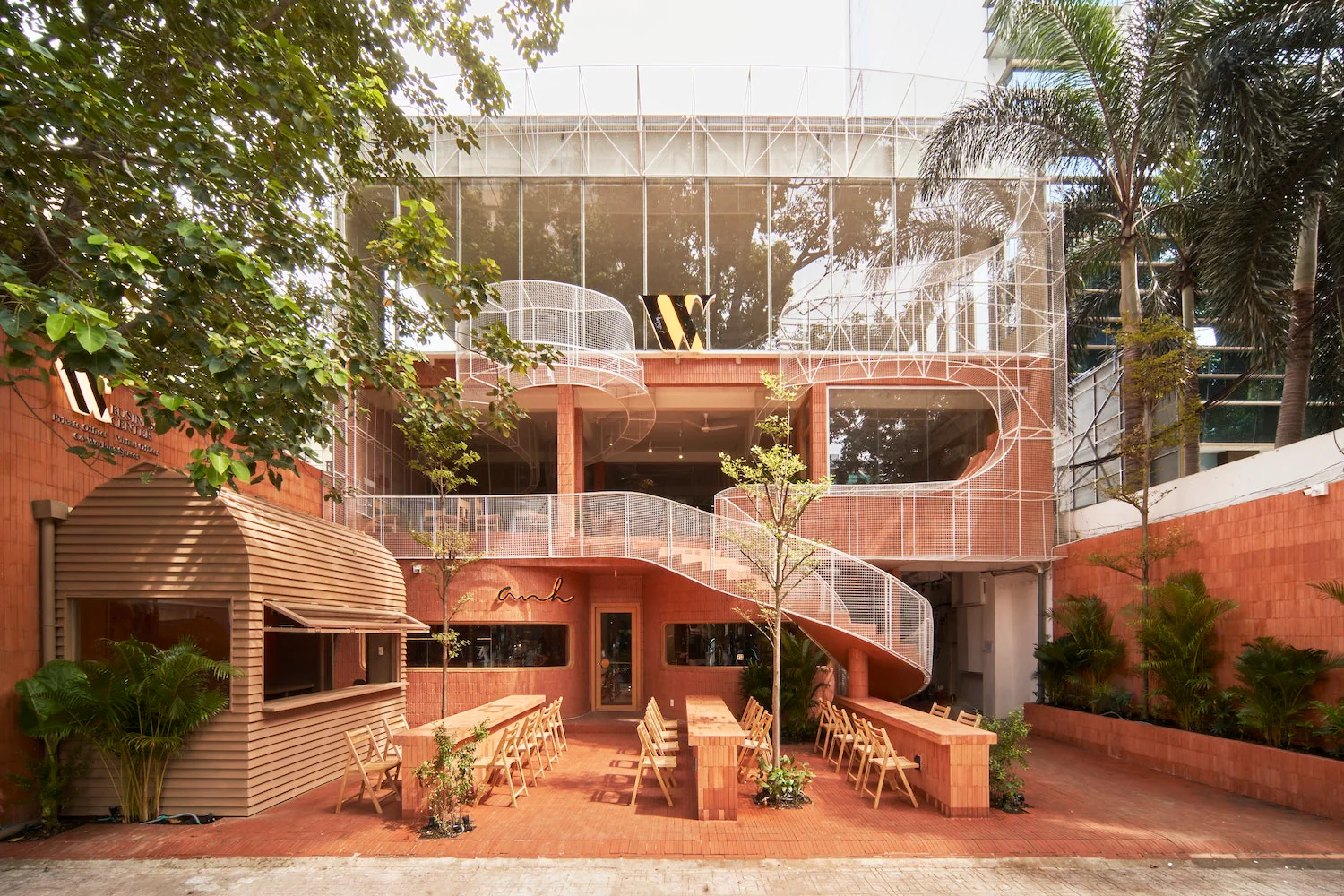
An Coffee Roastery in Ho Chi Minh City (Vietnam) The scene is inspired by the basalt-red volcanic soil of Vietnam's Central Highlands, the country's main coffee district. (Courtesy Tosi/On Coffee Roastery/Gestalton)
In the 1980s and 1990s, skateboarding's popularity soared, thanks to home videos filming tricks and stunts. So Process Coffee focuses on VHS, which “symbolizes skate culture, but still provides a sense of nostalgia for those who don't know that meaning,” Kingston wrote.
“It speaks to (Hamilton's) interests and passions,” he added. “It really showed how you can come up with your own style – you don't have to follow the rules when building your brand.”
Curatorship
Some coffee shops are competing to become a point of reference by creating experiences like “hyper” museums or art exhibitions. Others take inspiration from popular movies and TV shows, or are designed according to the aspirational culture surrounding coffee's place around the world.
Melrose Cafe, a Hong Kong-based coffee shop inspired by Los Angeles coffee culture: the shop's pink and yellow color palette is meant to evoke iconic West Coast sunsets; Their menu includes California-inspired dishes like avocado toast.
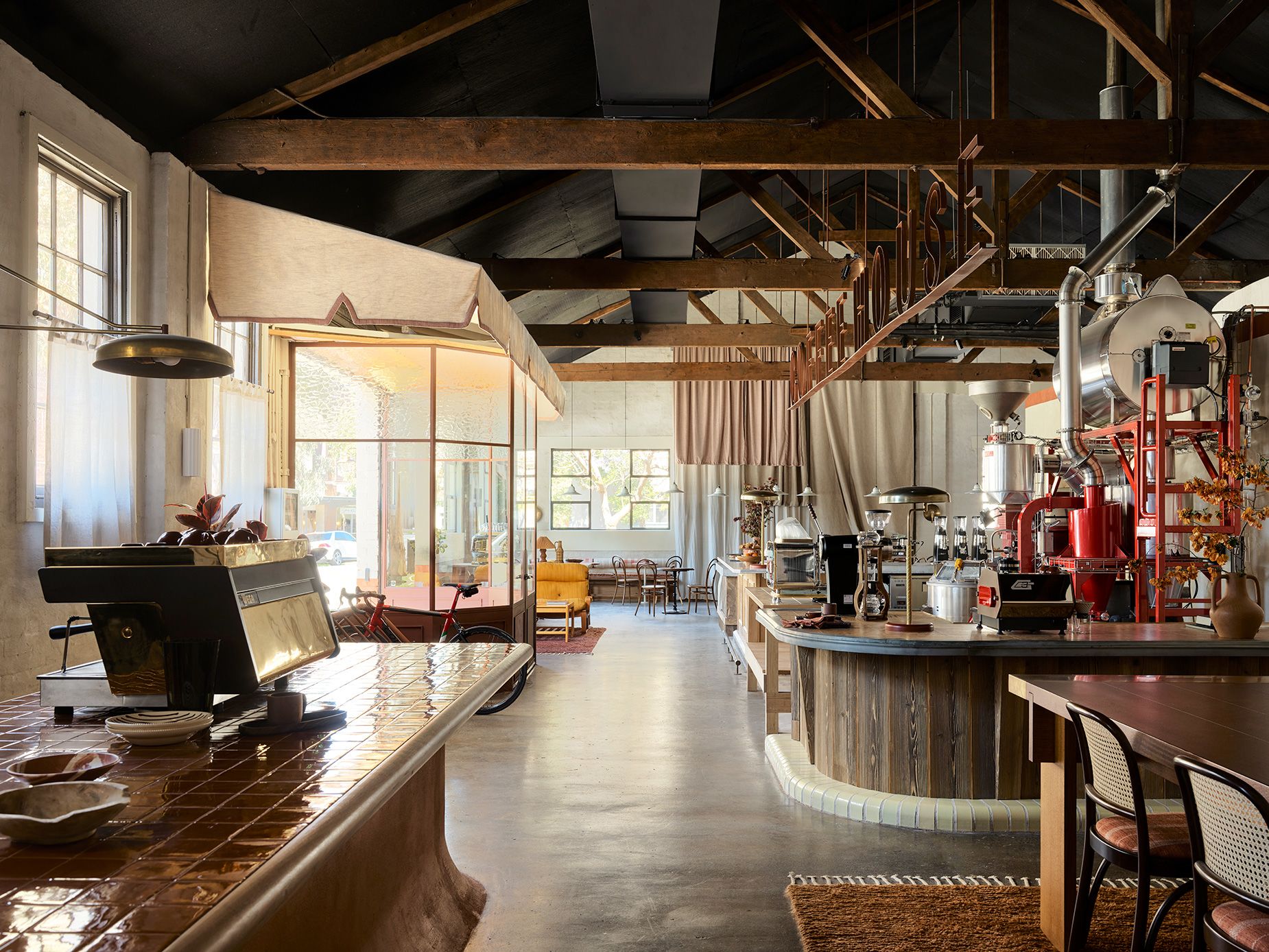
With its atmosphere and menu, Sydney's Genovese Coffee House offers Australian consumers an espresso ticket to Mediterranean coffee culture. (Anson Smart/Genovese Coffee House/Courtesy Kestalton)
On the other hand, Genovese Coffee House in Sydney, Australia (pictured above) was inspired by Italian coffee culture. The owner, whose heritage is in Italy, took into account his family's “three generations of coffee roasters” when designing the space. The exterior reflects a “traditional Italian street shop,” wrote Kingston, and the interior features European cafe furniture and antique Italian coffee pots.
But regardless of the plate, presentation or design inspiration, there is one thing in common that unites all the cafes in Kingston's book: they are social places to relax, spend time with friends and, of course, enjoy a pastry and a delicious cuppa. Nut water.
“The dining room has been, for centuries, the world's living room,” Kingston said. “It's a place where people gather outside of their homes. People want to go where they feel comfortable and enjoy their surroundings, and they want things that are visually and aesthetically pleasing.”


:quality(85)/cloudfront-us-east-1.images.arcpublishing.com/infobae/BH6NLAQGXJGADFWTENBUV7Z7RQ.jpg)
:quality(85)/cloudfront-us-east-1.images.arcpublishing.com/infobae/3GK63ATFOMFAYNUAQKUL4WUJFM.jpg)

:quality(85)/cloudfront-us-east-1.images.arcpublishing.com/infobae/SJ35ZLSJ5NB4BWVRJPSK74P7AQ.jpg)